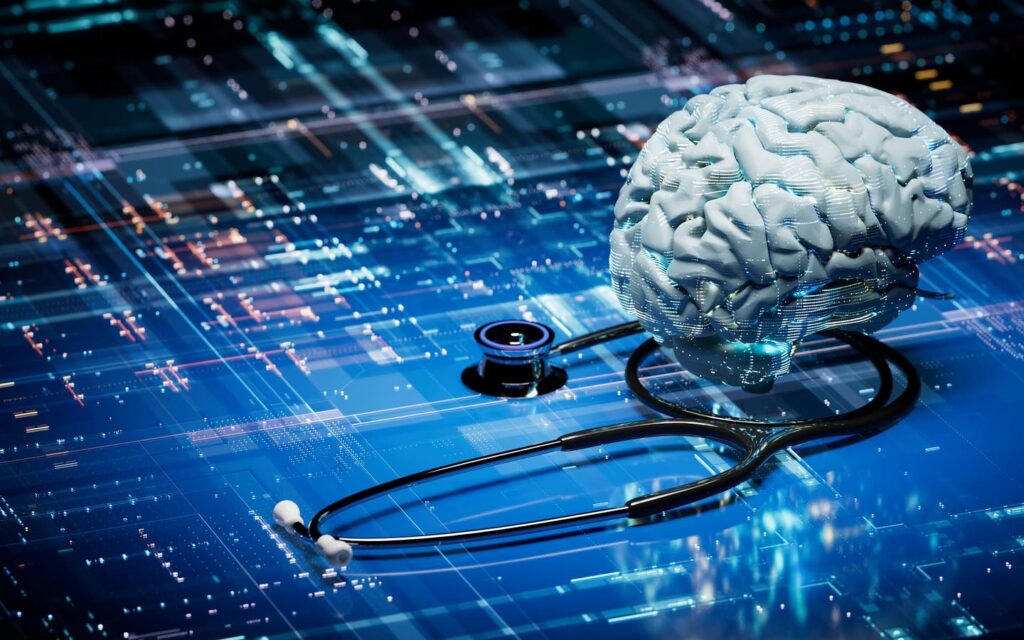
Using AI And ML To Transform Care Delivery Processes
As the CEO of Light IT Global, an international IT company specializing in HealthTech, FinTech and EdTech, I’ve witnessed firsthand the transformative potential of artificial intelligence (AI) and machine learning (ML) in revolutionizing care delivery processes. By the end of 2024, AI and ML had already made significant inroads in healthcare, with a reported $11.1 billion in VC investment in health AI in the U.S. alone.
So, what exactly does this mean for the industry? In short, AI and ML can save the U.S. healthcare system up to $360 billion annually – an astonishing figure that underscores the need for widespread adoption.
The driving force behind this innovation is the ability of AI and ML to automate repetitive tasks, personalize treatment plans, provide diagnostic support, enhance security and compliance, and improve user experience. Let me break it down:
Automation: AI and ML can take care of tedious tasks such as scheduling, billing, document flow management, and digital communication – freeing up medical professionals to focus on what matters most: patient care.
Personalization: AI can be used for individual treatment plan generation and drug interaction checks, along with precise dosage calculations for each patient. For instance, we’ve implemented a custom hormonal dosage calculator that analyzes millions of diverse parameters related to the patient (e.g., age, gender, existing conditions, and medical history) to generate tailored dosages.
Diagnostic Support: AI and ML-based solutions can provide rapid data analysis, accurate anomaly detection, detailed risk assessment, and evidence-based recommendations. This is particularly crucial in emergency situations where every second counts.
Security and Compliance: Maintaining patient confidentiality and protecting their data are of utmost importance. AI can help with real-time security monitoring, unauthorized access prevention, compliance-related activities, and more. We’ve successfully incorporated extra security measures into our custom hormonal dosage calculator, including data encryption, SSL/HTTPS traffic protection, two-factor authentication, profile autolock after five failed login attempts, and more – all in compliance with HIPAA regulations.
User Experience Improvement: AI can also offer simple interactions via chatbots and virtual assistants, 24/7 accessibility to digital care, and greater flexibility with telemedicine solutions. The key is striking a balance between incorporating these innovations and preserving the human touch that’s essential for patient trust and satisfaction.
The transformative potential of AI and ML lies not in replacing physicians but rather in augmenting their capabilities. While some healthcare businesses may aim to resolve specific problems (e.g., automating claims processing or reducing the time PCPs spend filling out documentation), others seek a comprehensive, all-encompassing solution.
As an IT vendor with extensive experience in integrating AI and ML into healthcare systems, I can attest that both scenarios are executable – as long as the IT vendor knows their way around AI and ML. The goal is to seamlessly integrate these innovations without disrupting existing practices or compromising patient care.
In conclusion, it’s crucial for healthcare organizations willing to adopt AI and ML-powered solutions to prioritize cooperation between various stakeholders (business owners, IT departments, lawyers, and medical professionals), set up and track key performance indicators, invest in staff training, and take the time necessary for thorough analysis and implementation.
Source: www.forbes.com


